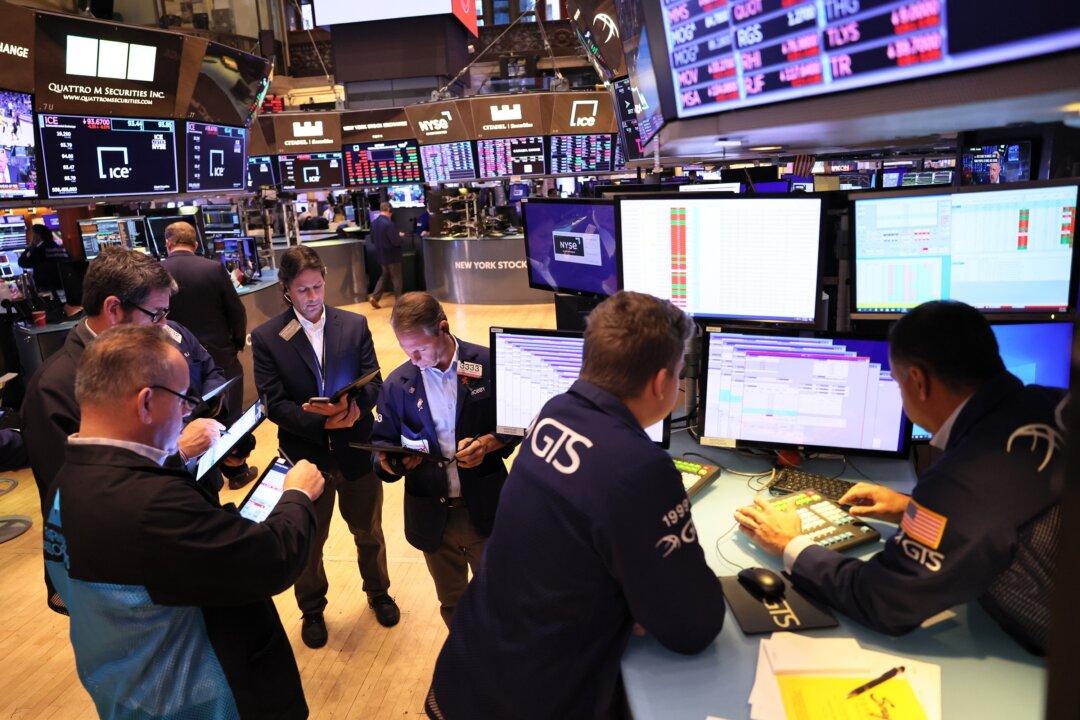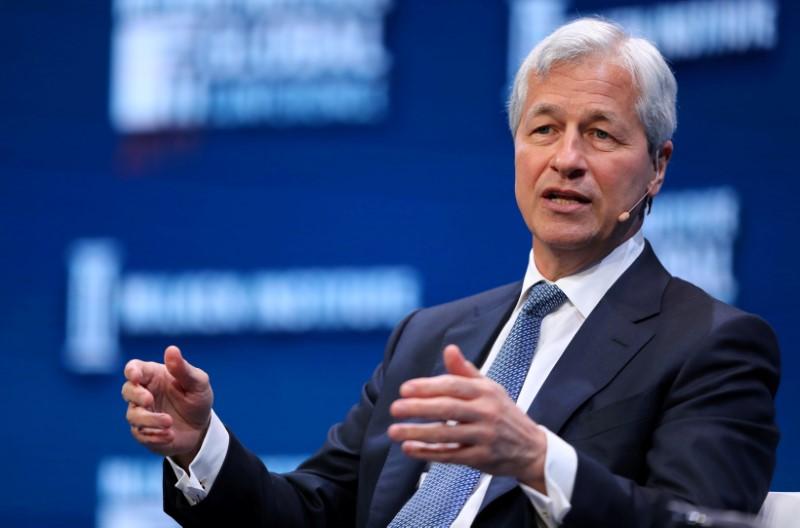As far as the Federal Reserve is concerned, interest rates will be higher for considerably longer than both the stock and bond markets were banking on. The Fed’s policy statement accompanying the rate decision laid out a path where the Fed is not expecting to reduce rates in 2024, essentially modifying (in a negative manner) its June policy statement. The new narrative triggered broad selling in both the bond and stock markets.
This new policy directive implies that the Fed favors one more rate hike by year-end while lowering the expectation for multiple rate cuts in 2024. The negative reaction by the equity market falls under the notion of further price-to-earnings (P/E) multiple compression, primarily for growth stocks, helping to explain the sudden and sharp pullback in the so-called “Magnificent Seven” AI stocks that ruled the market for the front half of 2023. (They are Alphabet, Amazon, Apple, Microsoft, Meta Platforms, Nvidia, and Tesla.)





